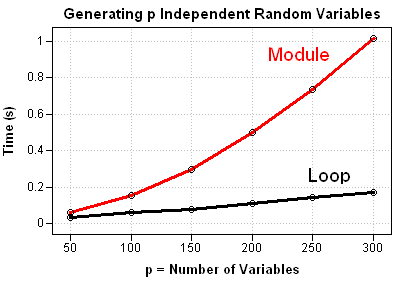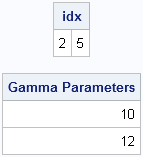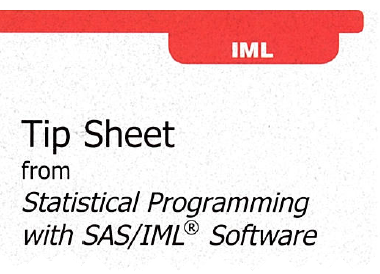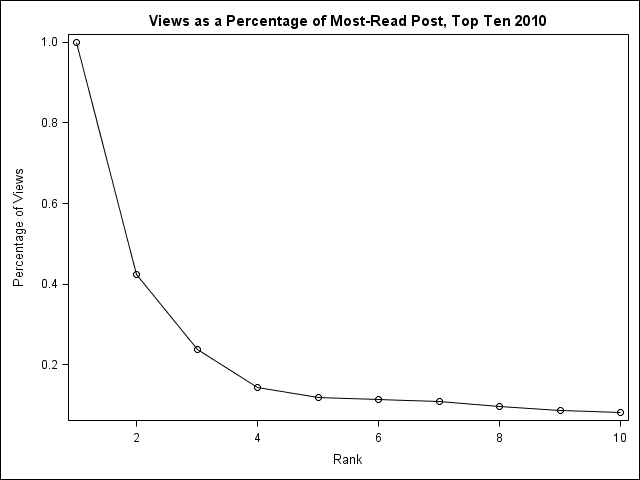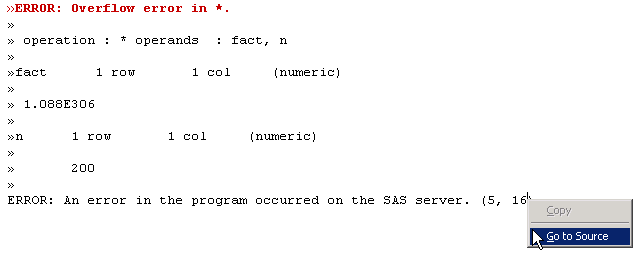
Andrew Ratcliffe posted a fine article titled "Inadequate Mends" in which he extols the benefits of including the name of a macro on the %MEND statement. That is, if you create a macro function named foo, he recommends that you include the name in two places: %macro foo(x); /** define



